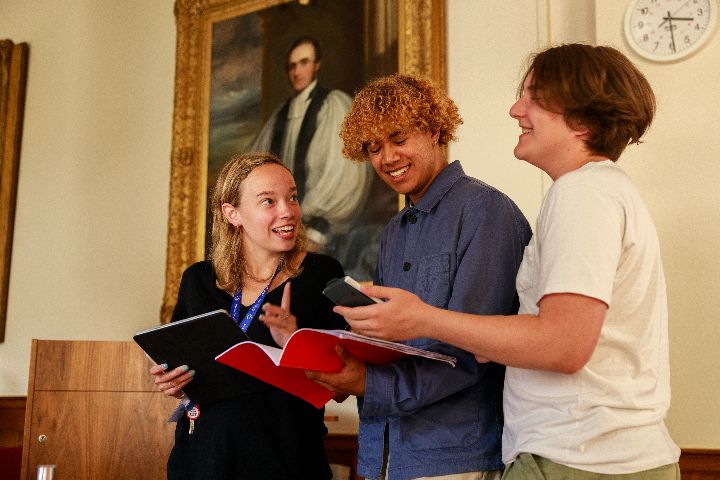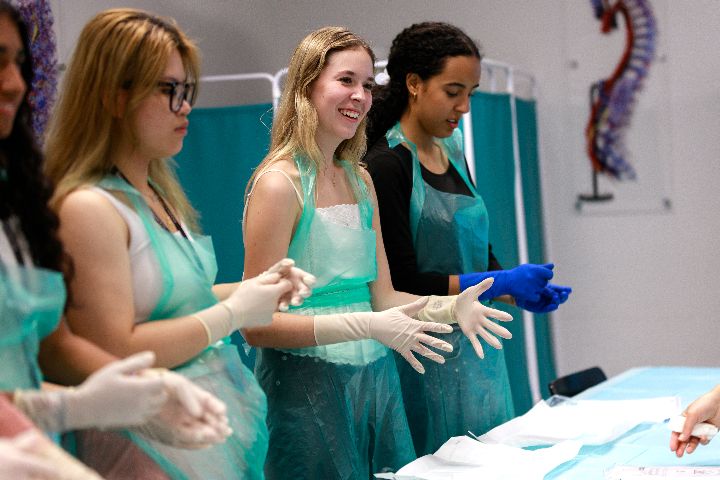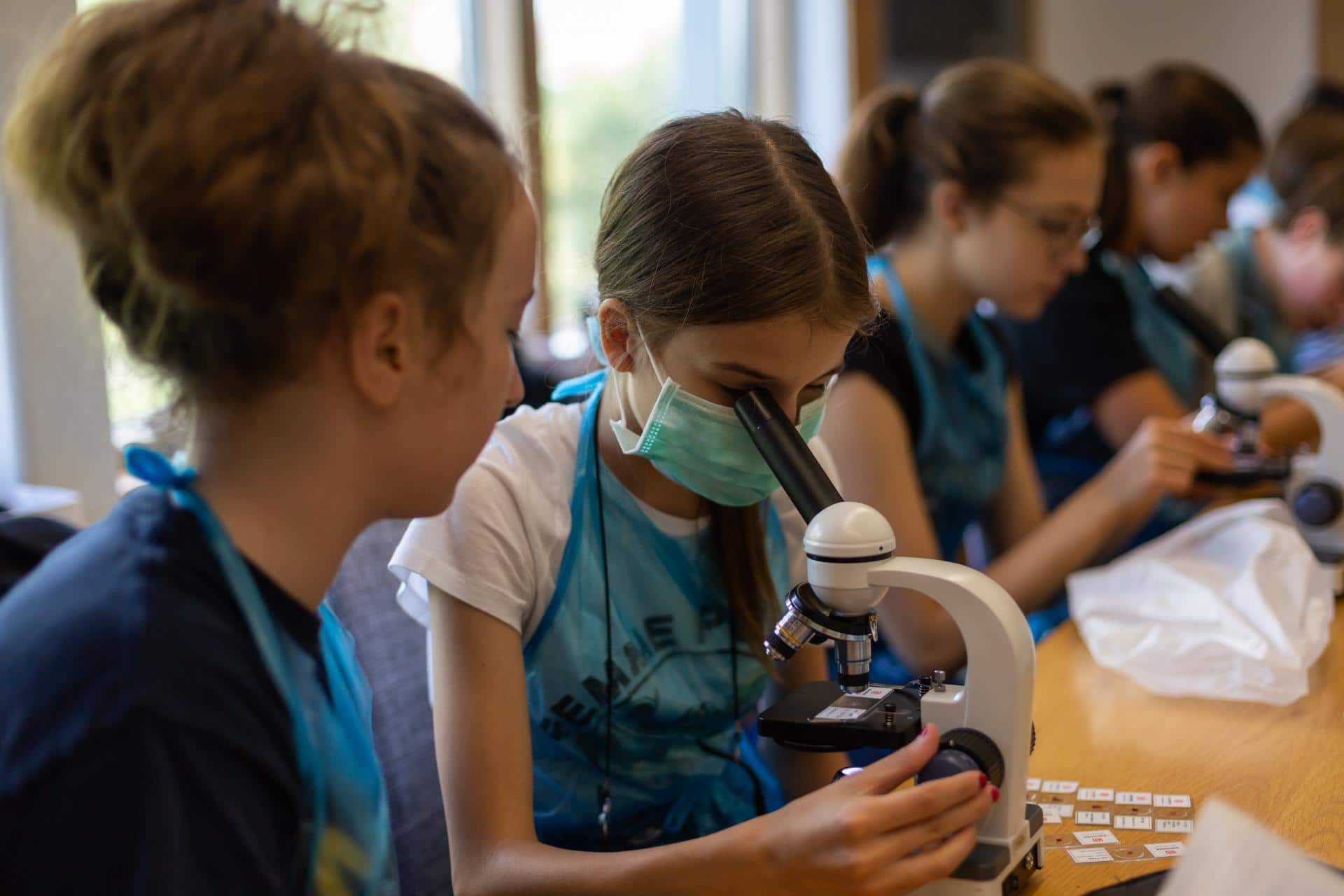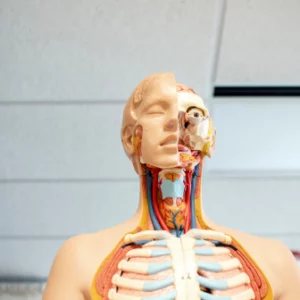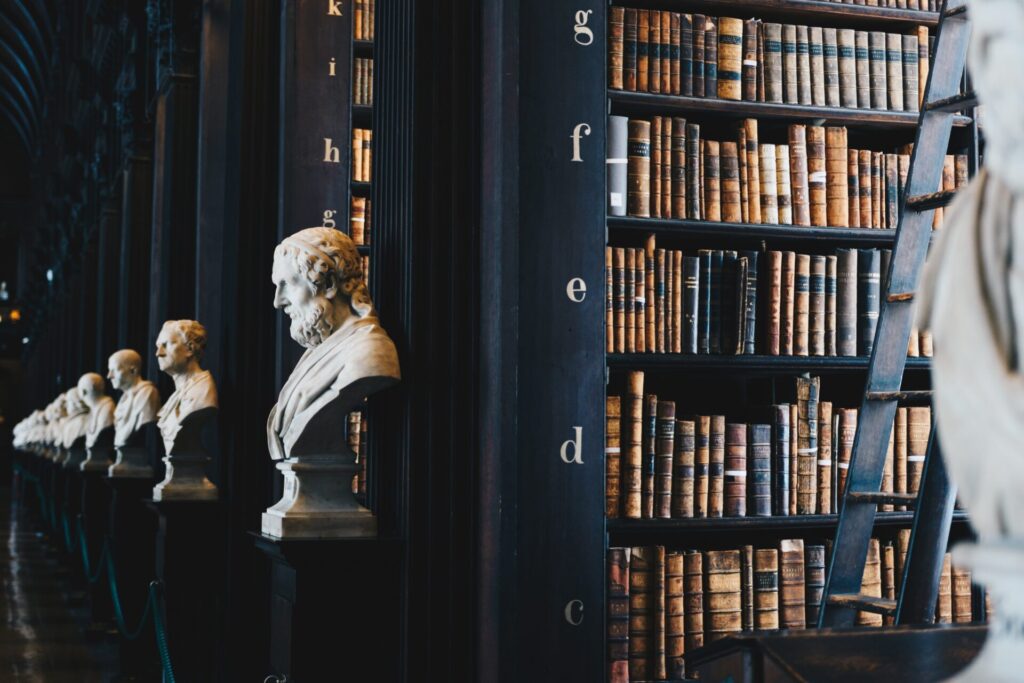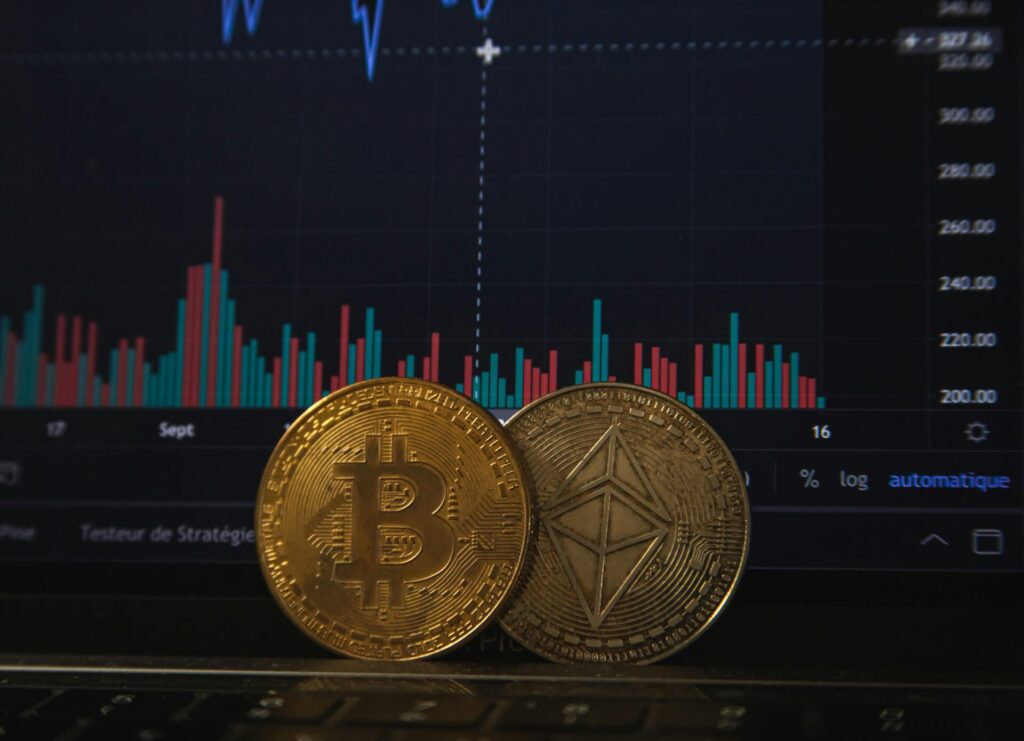A brief overview of the life of Alexander Fleming
In all likelihood, you’ve probably heard of Alexander Fleming (1881-1955), the Scottish physician, pharmacologist, and medical microbiologist.
Made a Fellow of the Royal Society in 1943, knighted in 1944, and awarded the Nobel Prize in 1945. Fleming made one of the most significant accidental discoveries in the history of biology: the discovery of penicillin.
How did Fleming instrument an accidental breakthrough?
By isolating, naming, and concentrating this antibacterial substance secreted by a Penicillium mould, Fleming effectively discovered the first modern antibiotic.
This enabled the creation of many subsequent antibiotics that are used to cure infections caused by bacteria. Infections that were untreatable (and potentially fatal) prior to this. In this manner, medical science was utterly transformed by Fleming’s accidental breakthrough.
Fleming’s Awards and Fame
Following his death in 1955, his fame continues. In 1999, he was named in Time Magazine’s list of the 100 Most Important People of the 20th Century. He was also voted the third ‘greatest Scot’ by the Scottish television channel, STV, only behind Robert Burns and William Wallace.
Of course, the fair attribution of these ‘breakthrough’ moments in science is never as straightforward as it seems. Just think of the case of Rosalind Franklin. For reasons that are still under debate, she was not awarded the Nobel Prize for her work with Watson and Crick on discovering the structure of DNA.
And Alexander Fleming himself was keen to highlight other scientists, such as Howard Florey and Ernst Chain, who took the next steps from his discovery and transformed his petri-dish substance, ‘penicillin’, into actual drugs that were mass-produced and could be used to treat and cure bacterial infections.
But, you might be wondering, how did this accidental discovery take place? How did that turn into the antibiotics which modern medicine relies on?
Read on to find out!
Join the Immerse Education 2025 Essay Competition
Follow the instructions to write and submit your best essay for a chance to be awarded a 100% scholarship.
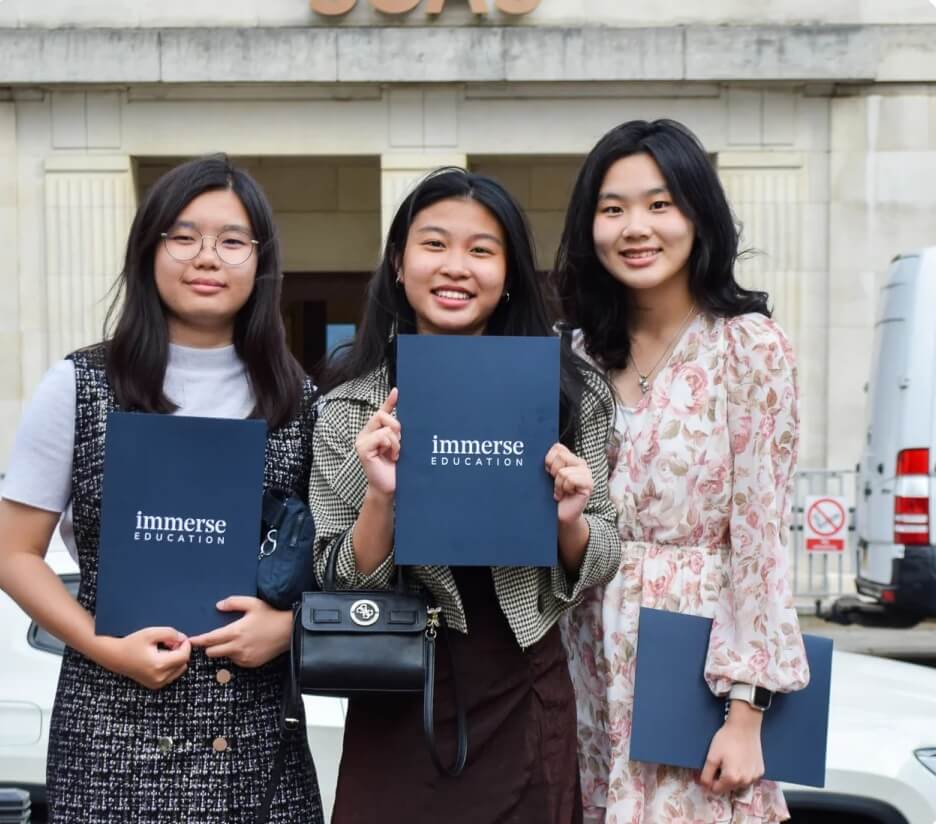
The Discovery
In 1927, Alexander Fleming was studying the properties of the bacteria staphylococci whilst working at his laboratory in Paddington, London.
Well-known and respected within the research community of the time for his earlier work, including the discovery of the enzyme lysozyme, he also had a reputation for untidiness as he tended to leave his laboratory in a mess.
Student Read: Studying Medicine At University – What Is It Like?
True to form, before going on holiday with his family in August 1928, he left the colonies of staphylococci stacked in a pile of Petri dishes in the corner of his laboratory.
After returning from a holiday in September, he noticed that one bacterial culture was contaminated with a fungus that had grown into a fungal colony, and that the colonies of staphylococci immediately surrounding the fungus had been destroyed. Whereas, other staphylococci colonies farther away were normal.
Based on this, Fleming determined that the fungus must be producing a substance that was slowing down the growth of the bacteria.
After growing this mould in pure culture, he found that it produced a substance that killed a number of pathogenic bacteria – a substance which he originally called ‘mould juice’ and then named ‘penicillin’, in 1929, after the fungus on the petri dish, Penicillium notatum (Penicillium chrysogenum).
During the next 12 years, Fleming grew, studied, and distributed the original mould and found that the substance had clear antibacterial effects on many organisms.
In particular, it affected gram-positive bacteria (bacteria that have very thick walls made of peptidoglycan and show up positive in the Gram stain test) which cause conditions such as scarlet fever, pneumonia, meningitis and diphtheria.
In addition, penicillin also affects Neisseria gonorrhoeae, which causes the infection gonorrhoea, even though this bacterium is gram-negative.
The Consequences
Although Fleming published his discovery in the British Journal of Experimental Pathology in 1929, it received little attention at the time. After continuing his investigations into the 1930s, Fleming found the Penicillium mould to be difficult to cultivate and that it was even more difficult to isolate the antibiotic agent.
Fleming also concluded that, due to the slow speed of its effects, penicillin could not be overly significant as a substance used to treat infections, especially as he believed that it would also not last long enough in the human body to effectively kill the bacteria causing these infections.
With his clinical trials in the 1930s mainly producing inconclusive results, Fleming largely abandoned his work on penicillin.
How has Penicillin influenced today?
Thankfully for us today, his work was picked up by a large team of scientists both in the UK and abroad, including Howard Florey, Norman Heatley, and Ernst Boris Chain at the Radcliffe Infirmary in Oxford, who took up research to isolate and mass-produce penicillin, with funding provided by both the British and US governments.
The Oxford biochemical research team developed a method of purifying penicillin to its effective first stable form in 1940, with several clinical trials following, which were hugely successful and which resulted in the team developing methods for mass production and mass distribution by 1945.
Across the pond, between 1941 and 1943, a team at the USDA Northern Regional Research Laboratory (NRRL) in Peoria, Illinois, United States, managed to isolate higher-yielding strains of the Penicillium fungus and also developed methods for industrialised penicillin production.
As a consequence, survivors of the Cocoanut Grove fire in Boston in December 1942 were the first burn patients who were successfully treated with penicillin. After the bombing of Pearl Harbour, mass production of the antibiotic began, and, by D-Day in 1944, enough penicillin had been produced to treat all of the wounded in the Allied forces.
The Impact Today and Wider Implications
As previously noted, Fleming himself was modest about his contribution to the development of penicillin, calling his fame ‘the Fleming Myth’ and attributing the success to Foley and Chain for their work in creating penicillin drugs.
That said, as the famous cell biologist, Sir Henry Harris said in 1998, “Without Fleming, no Chain; without Chain, no Florey; without Florey, no Heatley; without Heatley, no penicillin.” Fleming’s discovery by chance and subsequent isolation of penicillin in September 1928 can truly be said to mark the start of modern antibiotics.
You May Like: Nikolay Pirogov – The Man Who Made Surgery Painless
Finally, considering Fleming’s discovery can also allow us to reflect upon one of the most significant issues facing medicine in 2019: bacterial resistance to antibiotics.
Round-up of Alexander Fleming
It should be noted that during Fleming’s research he found that bacteria would develop antibiotic resistance if too little penicillin was used in the treatment or when it was used for too short a period.
As early as 1940, Chain and Edward Abraham noted the first example of antibiotic resistance to penicillin, an E. coli strain that produced the penicillinase enzyme: an enzyme capable of breaking down penicillin and thus completely negating its antibacterial effect.
Fleming himself was outspoken on the issue and cautioned that penicillin should not be used unless there was a properly diagnosed reason. Also, it should never be used for too short a period, or in too small quantities as these are conditions in which bacteria become resistant to antibiotics.
In the modern world, the number of bacteria resistant to penicillin is increasing, and, according to the Centres for Disease Control and Prevention, at least 2 million people in the US per year fall ill due to an antibiotic-resistant infection.
What did Fleming say?
As Fleming himself warned, “the microbes are educated to resist penicillin and a host of penicillin-fast organisms is bred out … In such cases, the thoughtless person playing with penicillin is morally responsible for the death of the man who finally succumbs to infection with the penicillin-resistant organism. I hope this evil can be averted.”
Interesting Read: History Of The NHS
That said, despite the risks posed by resistance today, penicillin has saved and is still saving the lives of millions of people around the world. Research into antibiotic resistance continues today, and scientists are working to develop more effective strains of penicillin-based and other antibiotics.
By studying both the causes and mechanisms of antibiotic resistance, modern scientists can tackle the problem and keep one step ahead of these pathogenic bacteria.
Interested in learning more about modern medicine?
We hope you found the above post insightful and interesting. If you have an interest in biology or medicine, we have a range of award-winning summer schools where you will learn about the latest advancements in the field of modern medicine.
